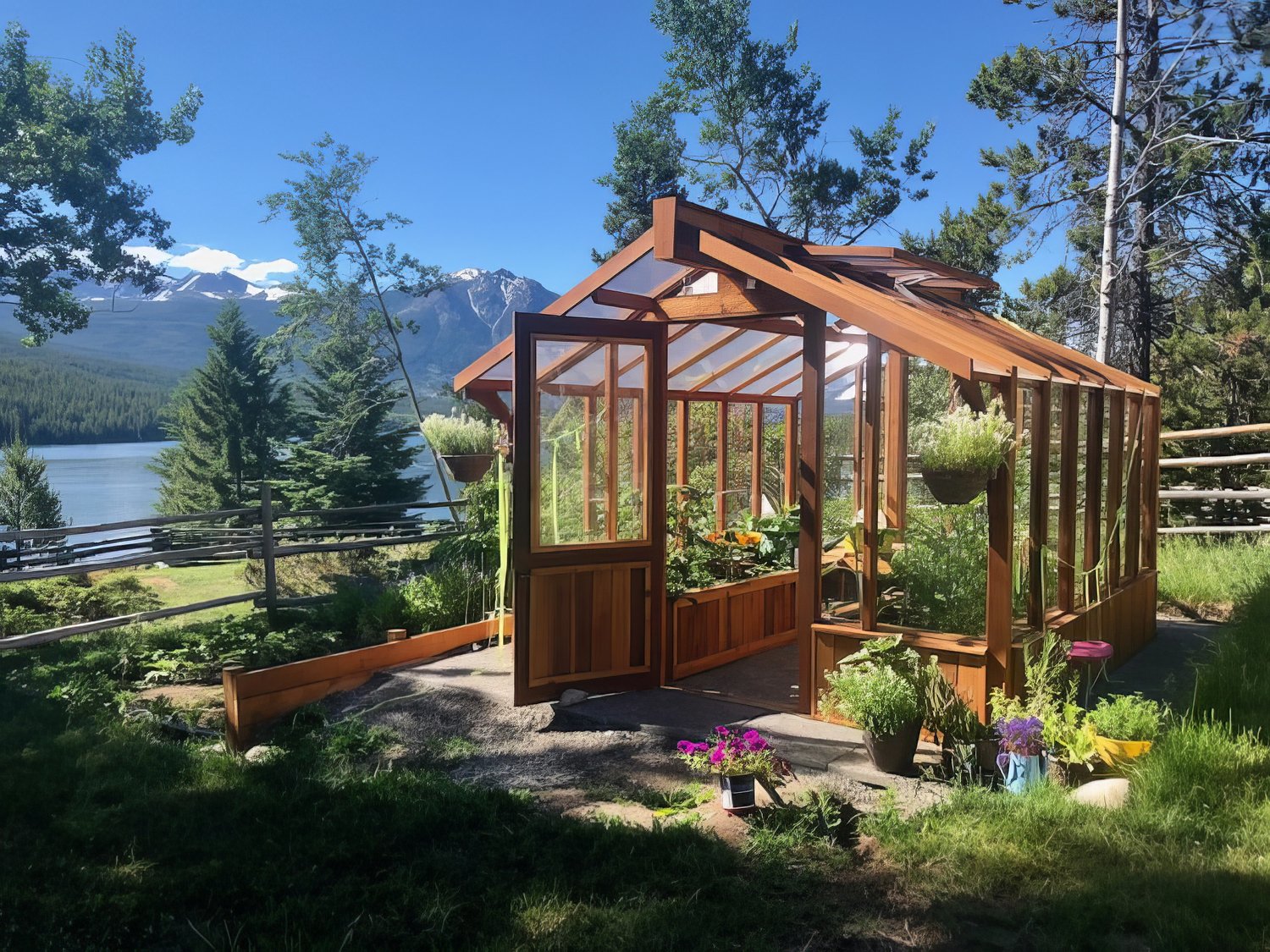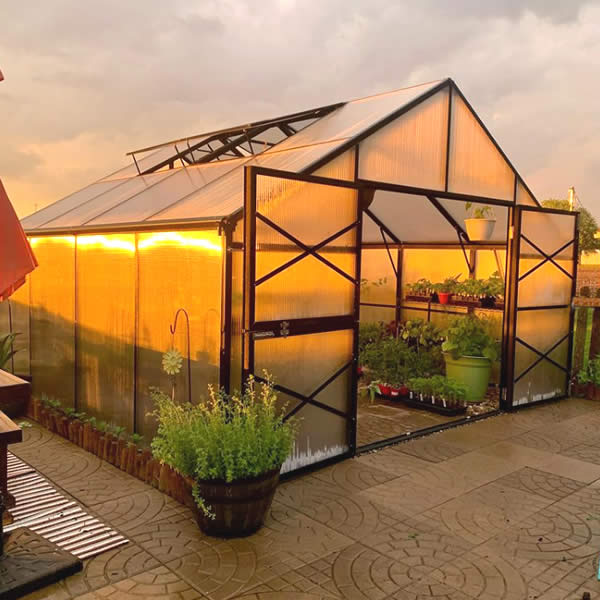Commercial Expanding Solutions: Monarch Commercial Greenhouse Utah Innovations
Wiki Article
The Future of Greenhouses: Advancements in Sustainable Farming
Are you interested concerning the future of greenhouses and exactly how they are reinventing sustainable farming? Look no more! In this short article, we will certainly explore the amazing innovations that are leading the way for a greener and much more effective farming industry. From advanced environment control systems to upright farming strategies, water-efficient irrigation methods, sustainable energy combination, and wise information analytics, these advancements are changing the way we expand our food. Prepare to find the future of lasting farming in greenhouses!Advanced Environment Control Equipment
To attain ideal growing problems, you can count on the developments in greenhouses with sophisticated environment control systems. These systems have actually changed the way we cultivate crops, offering a controlled atmosphere that is favorable to plant growth. With these ingenious systems, you can currently adjust temperature, humidity, light levels, and also carbon dioxide concentrations to develop the ideal problems for your plants to flourish.Among the crucial functions of these innovative environment control systems is their ability to control temperature level. By utilizing sensors and automated controls, the greenhouse can change the temperature based upon the specific demands of the plants. This makes sure that they are never revealed to extreme heat or cold, which can be detrimental to their growth.
Moisture control is one more crucial element of these systems. By keeping the excellent moisture levels, you can stop problems such as mold, mold, and condition from affecting your crops. These systems can likewise regulate the quantity of light that reaches the plants, making sure that they obtain the ideal amount for photosynthesis.
Furthermore, progressed climate control systems can also control carbon dioxide focus. By enhancing the levels of CO2 in the greenhouse, you can enhance plant development and productivity. This is specifically advantageous in locations with reduced natural CO2 degrees.
Vertical Farming Strategies
One crucial vertical farming method is making use of stacked expanding systems. Piled expanding systems are typically used in metropolitan locations where room is restricted.One popular method is referred to as upright hydroponics, where plants are grown in nutrient-rich water without dirt. This strategy is extremely efficient as it decreases water use by as much as 90% contrasted to conventional farming approaches. Furthermore, because the plants are expanded indoors, they are safeguarded from conditions and pests, minimizing the requirement for pesticides.
An additional strategy is aeroponics, which includes suspending the plant origins in a haze or air environment. This technique allows for optimum nutrient absorption and oxygenation, leading to faster growth and higher returns. Aeroponics likewise utilizes much less water than standard farming and can be implemented in upright systems, making it a prominent option for upright view it farming.
Water-efficient Watering Approaches
When it comes to carrying out water-efficient irrigation methods in lasting agriculture,Making the most of water conservation is necessary. With international water shortage ending up being a pressing concern, it is essential to create ingenious techniques that enhance water usage in greenhouse operations.One encouraging approach is drip watering, which delivers water directly to the plant origins, decreasing waste and evaporation. By utilizing a network of tubes with tiny emitters, water is applied gradually and exactly, making certain that plants receive the essential moisture without excess drainage.
Another efficient method is making use of soil dampness sensing units. These devices measure the moisture web content in the dirt and give real-time information to farmers. By keeping track of the soil's wetness degrees, farmers can accurately figure out when and just how much water to apply, stopping over-irrigation.
Additionally, the implementation of rain harvesting systems is obtaining popularity in greenhouse farming. Collecting rain from rooftops and keeping it in containers enables farmers to utilize this natural deposit for irrigation functions, lowering reliance on typical water sources.
Finally, the adoption of automated irrigation systems can substantially improve water performance. These systems make use of sensors to discover soil moisture levels and climate condition, adjusting irrigation timetables as necessary. By maximizing water use based on actual plant needs, these systems can lower water you can try these out waste and promote sustainable farming practices.
Renewable Energy Assimilation
Sustainable power assimilation in greenhouses supplies a number of advantages, including minimized operating costs and lowered dependence on non-renewable energy resources. The produced power can then be used to run numerous procedures within the greenhouse, such as ventilation, illumination, and heating systems. These generators harness wind power and transform it right into electricity, which can be used to supplement the energy requirements of the greenhouse.Smart Information Analytics and Automation
To improve the effectiveness of your greenhouse operations and optimize resource utilization, think about applying wise information analytics and automation. Smart information analytics entails gathering and analyzing information from various sensors and tools within your greenhouse.
This can consist of automating the control of lights, ventilation, irrigation systems, and nutrient shipment. By automating these procedures, you can make sure that your plants obtain the ideal conditions and nutrients at the right time, without the need for consistent hand-operated intervention.
Moreover, wise data analytics and automation can function together synergistically. The data collected by sensing units can be used to inform automatic systems, allowing them to make real-time changes based on the present problems. This integration of data analytics and automation can bring about much more specific and reliable source allowance, eventually causing higher yields and better crop quality.
Final Thought
Finally, the future of greenhouses in lasting farming looks encouraging. With sophisticated climate control systems, vertical farming techniques, water-efficient irrigation approaches, and renewable resource combination, greenhouses are becoming extra effective and eco-friendly. Additionally, using smart data analytics and automation better enhances performance and lowers waste. These innovations are paving the means for a much more effective and sustainable farming market, making sure a greener and healthier future for all.
By maximizing water use based on real plant requirements, these systems can minimize water waste and promote sustainable farming practices.

Report this wiki page